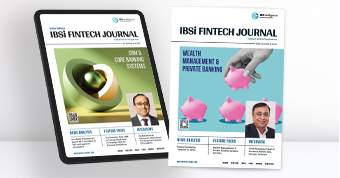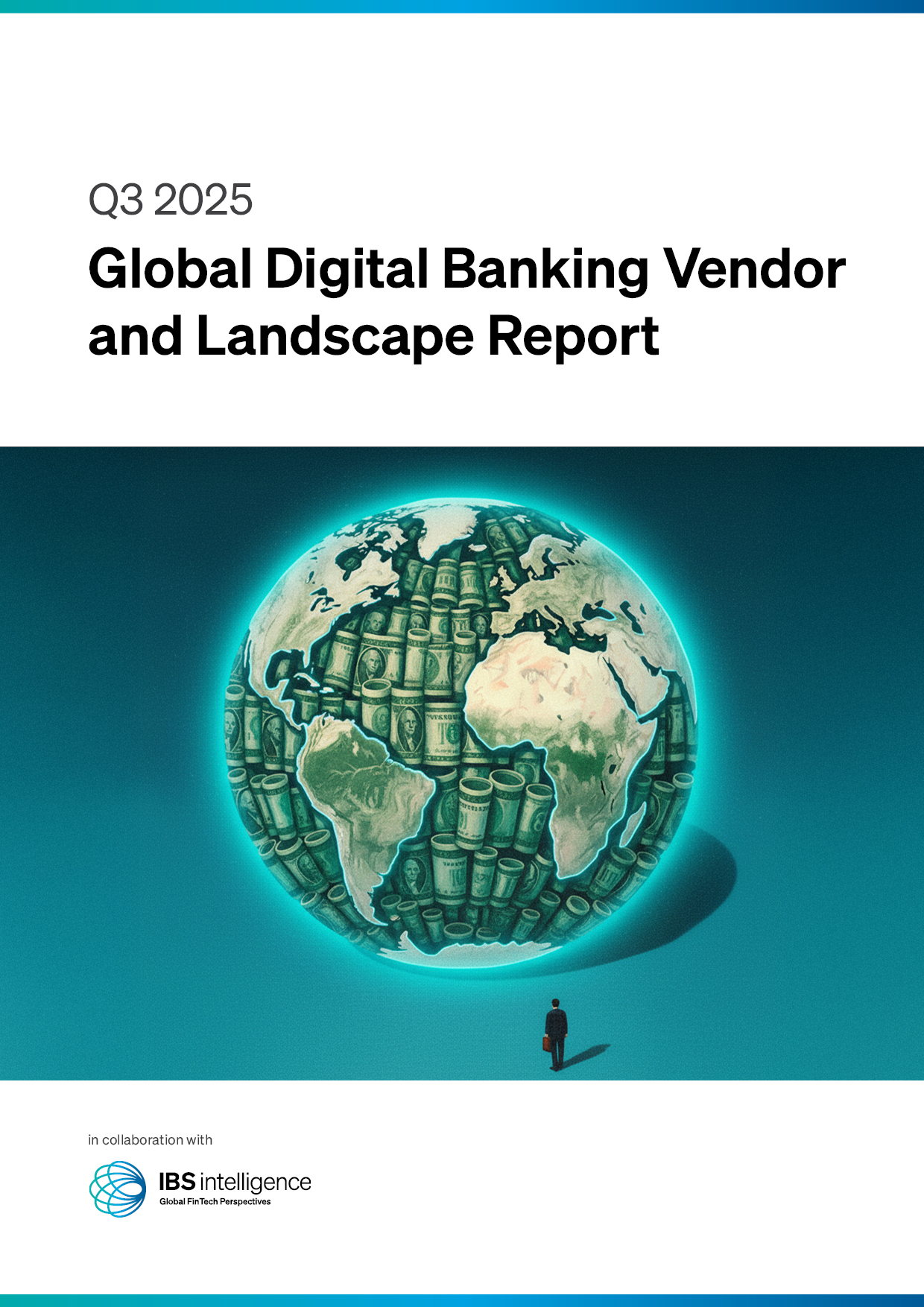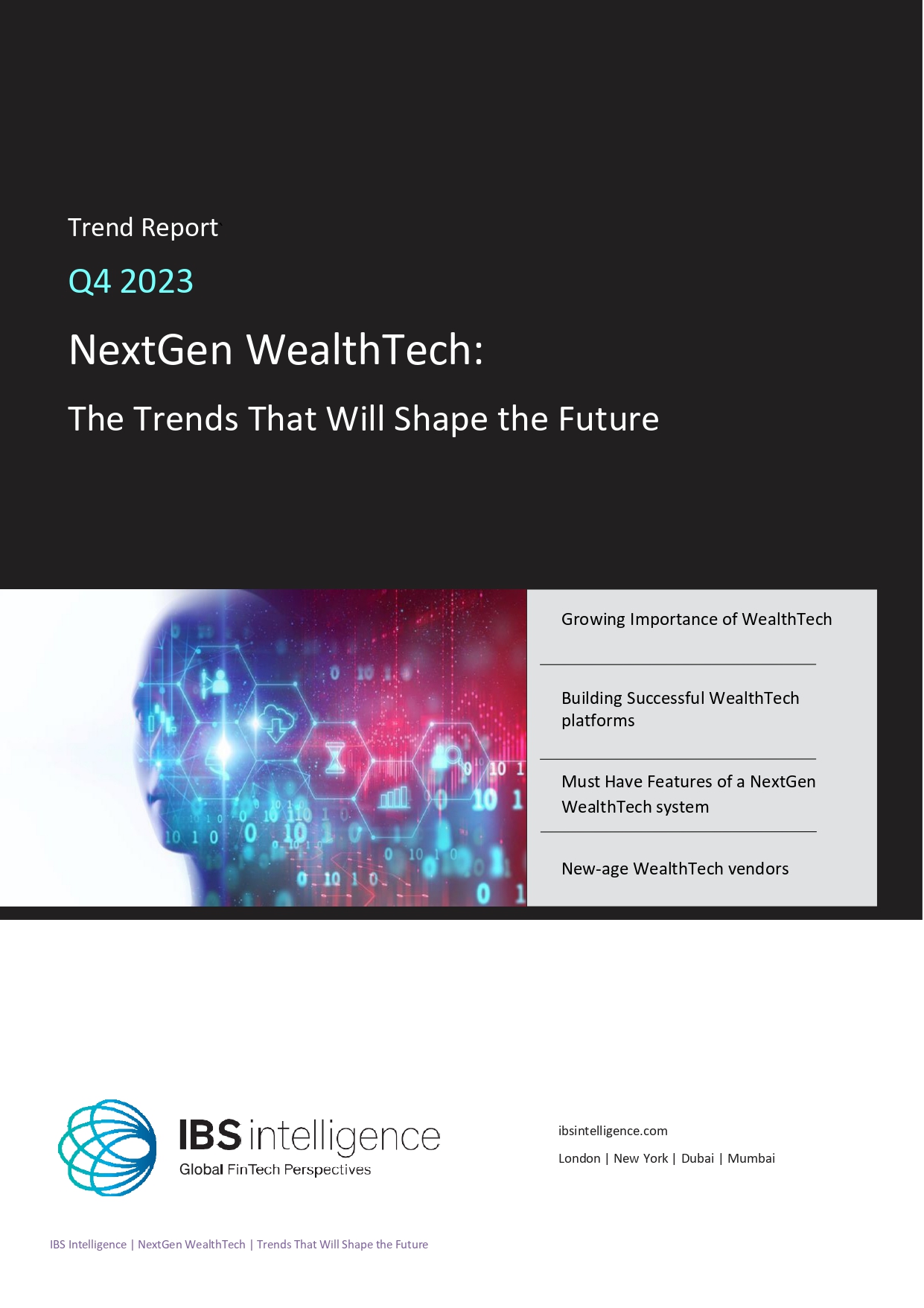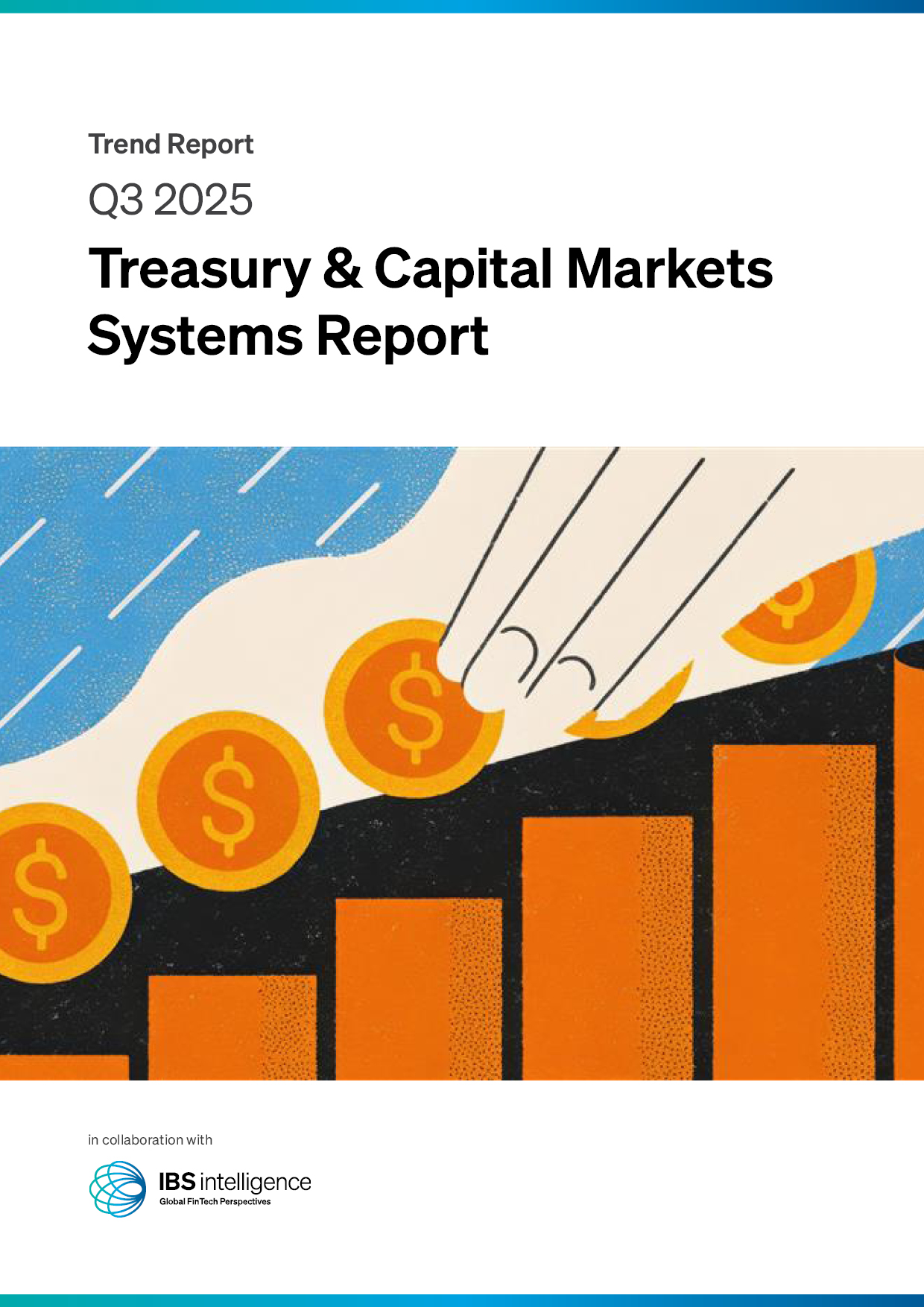 Back
Back
Modern payment solutions are the key to financial inclusivity in India
By Puja Sharma
One of the strategic objectives of The Reserve Bank of India (RBI) is to ensure accessible, affordable, safe, secure, reliable, and efficient payment systems. The country has made massive strides in this direction, and the past decade has seen the rise of robust payment systems, propelling India to the forefront of innovation, according to the report by NPCI.
The RBI’s Payments Vision 2025 focuses on Integrity, Inclusion, Innovation, Institutionalisation, and Internationalisation, and the National Payments Corporation of India (NPCI) has been driving these initiatives on the ground.
The pandemic significantly accelerated the adoption of digital payments, with about 33% of surveyed households having transacted using that mode. This trend was witnessed uniformly across the board, irrespective of their age, education, or whether the individuals had earlier tried and subsequently abandoned digital payments. Smartphone ownership played a key role in enabling individuals to use online payments. However, it is pertinent to acknowledge that not everyone is privileged enough to possess a smartphone, and though internet connectivity has skyrocketed, it is still lacking in many parts of the majority of Indians who did not have access to the country.
Internet connectivity is one of the factors driving digital payments. As of 2020, smartphone penetration was 54%, leaving the remaining population with no means to make payments online. Furthermore, the literacy rate is at 77.77%. Keeping all these factors in mind, UPI 123Pay was launched. This allows feature phone users with no internet connectivity to use the UPI payment service and seamlessly perform various financial and non-financial transactions.
Internet penetration has increased by 140% over the past five years, at an average YoY growth rate of 19%. This can be attributed to many factors, such as affordability, wider service availability, evolving consumption patterns of subscribers, a conducive regulatory environment as well as the pandemic nudging everyone to adapt to the online environment.
India had 646 million active Internet users in 20213. 25,067 villages lack access to internet connectivity, and 547,484 villages have low connectivity. Approximately 60% of the rural population is still not actively using the internet.
In India, the scaling of digital payments is impacted by illiteracy, lack of smartphones, and lack of broadband in remote locations. While underlying payment infrastructure (like UPI, and IMPS) has improved dramatically, customer engagement layers have remained under constraint. At the same time, Indians are getting used to voice-based interactions. Voice as a medium of engagement for payments works in all situations, hence would lead to the next wave of digital payment adoption. Over the next 5 years, we expect almost 10% of payments would be routed via Voice Payments.
5G services, which are expected to launch shortly, will allow for faster voice processing and thus enabling a better customer experience. This is especially critical for P2M transactions, wherein the friction levels must be extremely low for adoption.
Quick adoption for low-amount payments and inquiry transactions. The market is still getting ready to adopt this service and hence the focus would initially be on small payments and inquiry transactions. Over the next 5 years, it is expected almost 30 % of Rural Inquiries and Transactions would be over voice.
IBSi FinTech Journal

- Most trusted FinTech journal since 1991
- Digital monthly issue
- 60+ pages of research, analysis, interviews, opinions, and rankings
- Global coverage








